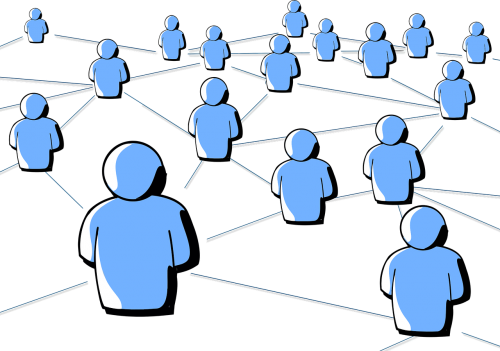
Back in April, I talked to Anthony Abbatiello, principal at Deloitte Consulting LLP, about Deloitte’s 2018 Global Human Capital Trends Report, some of the workplace trends that have emerged from their research and what they mean for leaders and entrepreneurs looking to build a business intent on delivering a great customer and employee experience.
Now, whilst the report highlighted ten different trends, one of the most interesting ones was the emergence of the trend called The workforce ecosystem: Managing beyond the enterprise. This trend focuses on how more and more organizations are utilizing alternate work arrangements, particularly freelancers and other service providers, to be able to deliver on their growth and customer objectives.
This trend finding was echoed by another recent piece of research from SAP Fieldglass and Oxford Economics, where they found that external workforces, including both non-payroll workers and services providers, are playing an increasingly strategic role in large enterprises.
- 65% of all respondents reported that they need their external workforces to be able to operate at full capacity and meet customer demand;
- Moreover, 68% of respondents reported that they need these workers to help develop and improve products and services; and
- Around 44 percent of their workforce spend is on external talent.
What is clear from these pieces of research is that this workforce ecosystem trend is changing the way that organizations need to engage, attract and manage all types of workers.
However, given my interest in customer service and experience, I have been wondering how this emerging worker ecosystem will impact on an organization’s ability to deliver great service and experience, particularly when you take into account the fact that silo-ed behavior and thinking is consistently cited as one of the biggest barriers to achieving the delivery of great service and experience.
So, will the development of a workforce ecosystem help, hinder or, potentially, exacerbate that problem? And, are workforce trends set to help or hinder the development and delivery of a great customer experience?
I asked the report authors to get their thoughts on this.
Mikael Lindmark, Senior Vice President at SAP Fieldglass, told me that he believes that the growth and utilization of an external workforce will end up improving most organizational cultures in two major ways. Firstly, organizations will benefit merely through the introduction of new people with different backgrounds and experiences into the organization. These people, in turn, will help ‘raise the bar’ and will challenge existing employees to do their best work.
On the issue of silo-ed behavior and thinking, Lindmark says that “With the external workforce on average comprising 44% of workforce spend, and growth expected, at some point we may hit a tipping point at which silo-ed thinking may be outweighed by the fresh new ideas contributed by external talent.”
Burt Rea, Managing Director in the Deloitte Consulting Human Capital practice, agrees that the challenges lie firmly in the culture that leaders and their organizations develop and says that for an organization to build it’s own successful workforce ecosystem “processes and organizational systems need to be aligned to the desired culture and should be set up to reinforce and sustain the desired culture”.
However, he goes on to warn that “most every organization has a deep-seated culture, what differs is how explicitly leaders are shaping and curating that culture versus letting it drift and morph on its own.”
Lindmark and Rea make great points that harnessing the power and potential of this emerging workforce ecosystem cannot be left to chance and that focus and attention needs to be paid by all to the broader organizational culture and conditions required to make the most of that.
But, what this also means is that whilst it is broadly acknowledged that the delivery of a great customer experience is a function of an organization’s employee experience, this emerging workforce ecosystem will force this to evolve.
In future, it seems likely that a great customer experience (CX) will increasingly become a function of both the employee experience (EX) and the worker experience (WX) and that that actively mapping and managing both the employee and the worker experience will become increasingly important.
CX = f(EX + WX)
More work to be done.
This post originally appeared on Forbes.com here.
Thanks to Pixabay for the image.



![[Research Round-Up] New Study Shows the Continuing Value of B2B Thought Leadership](https://customerthink.com/wp-content/uploads/development-2010010_1280-pixabay-innovation-ideas-think-1-218x150.jpg)